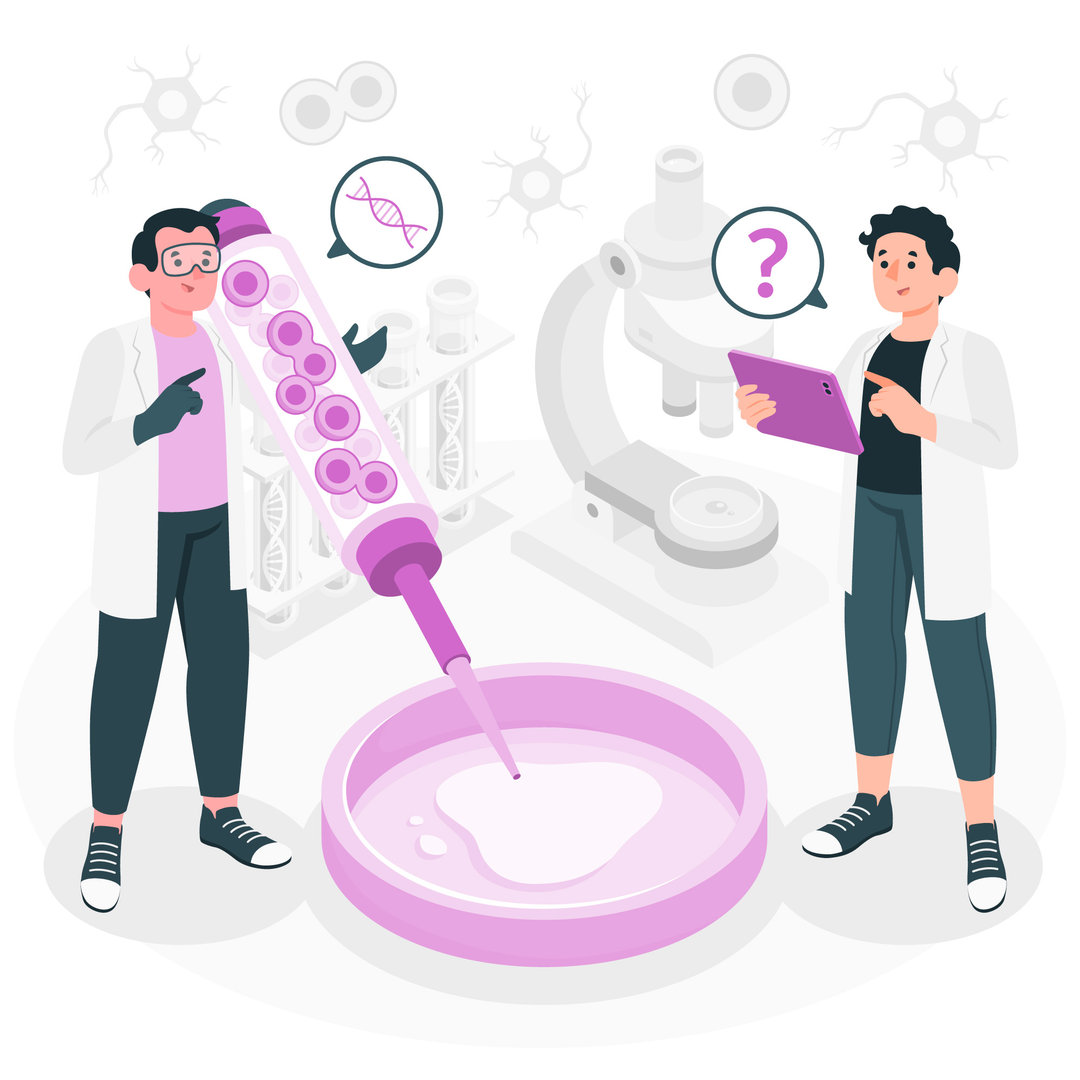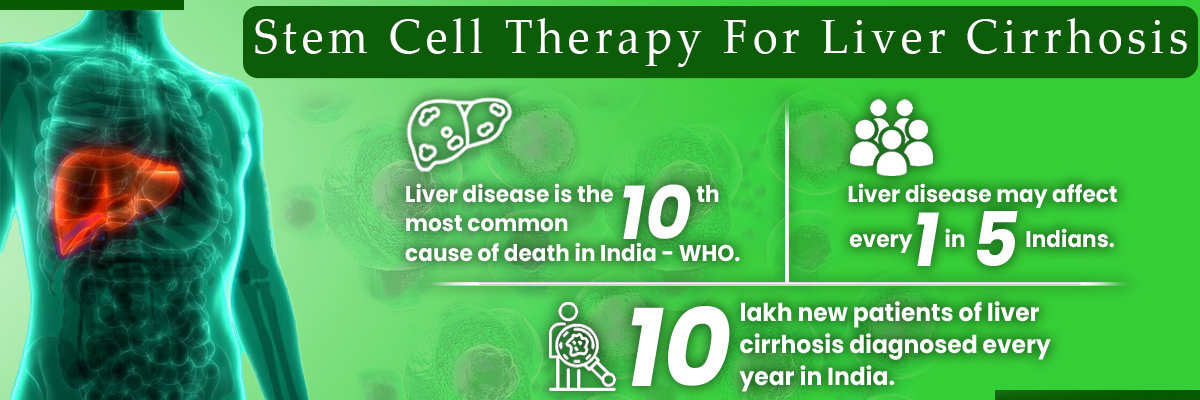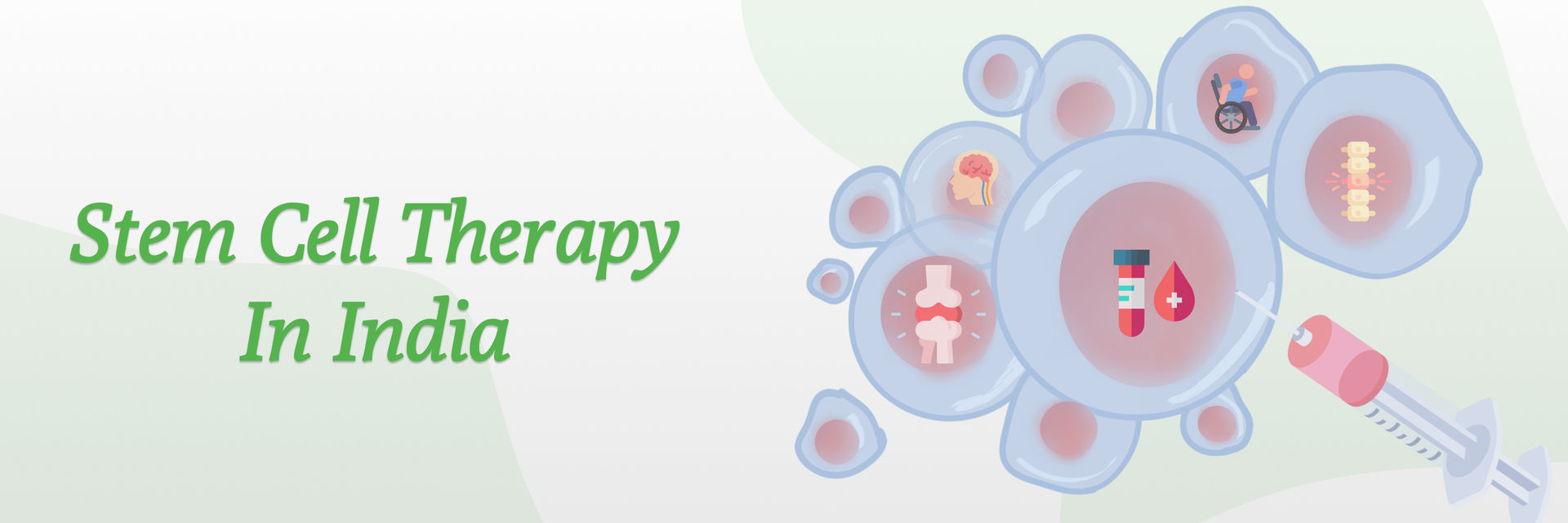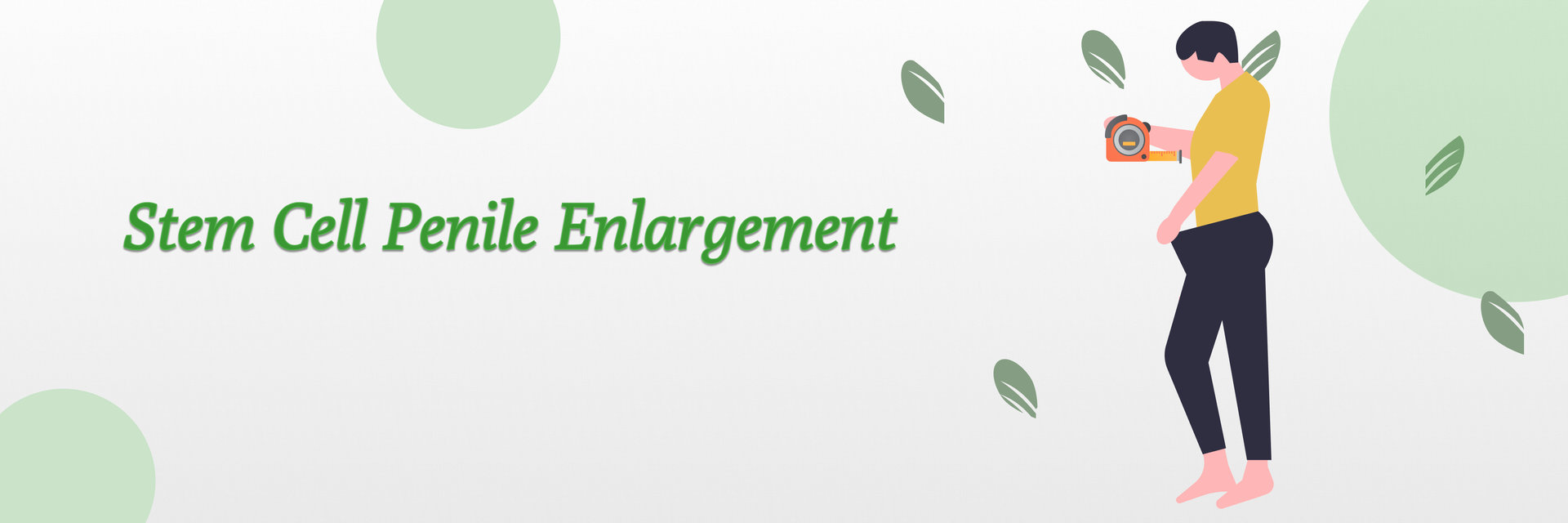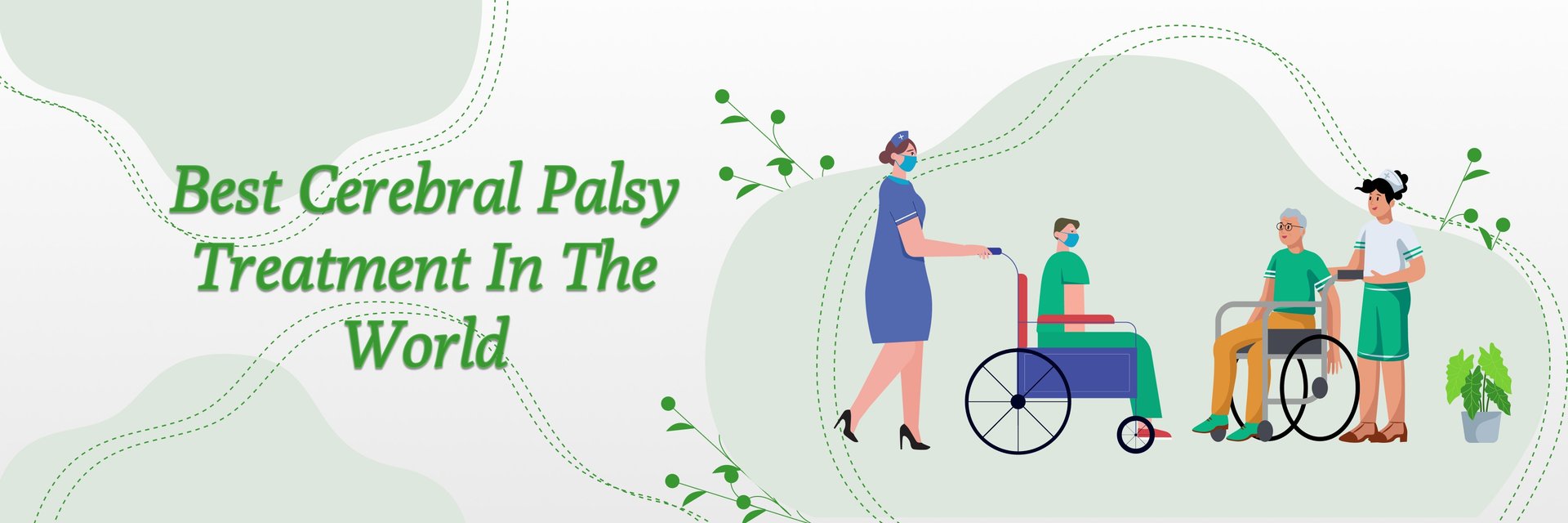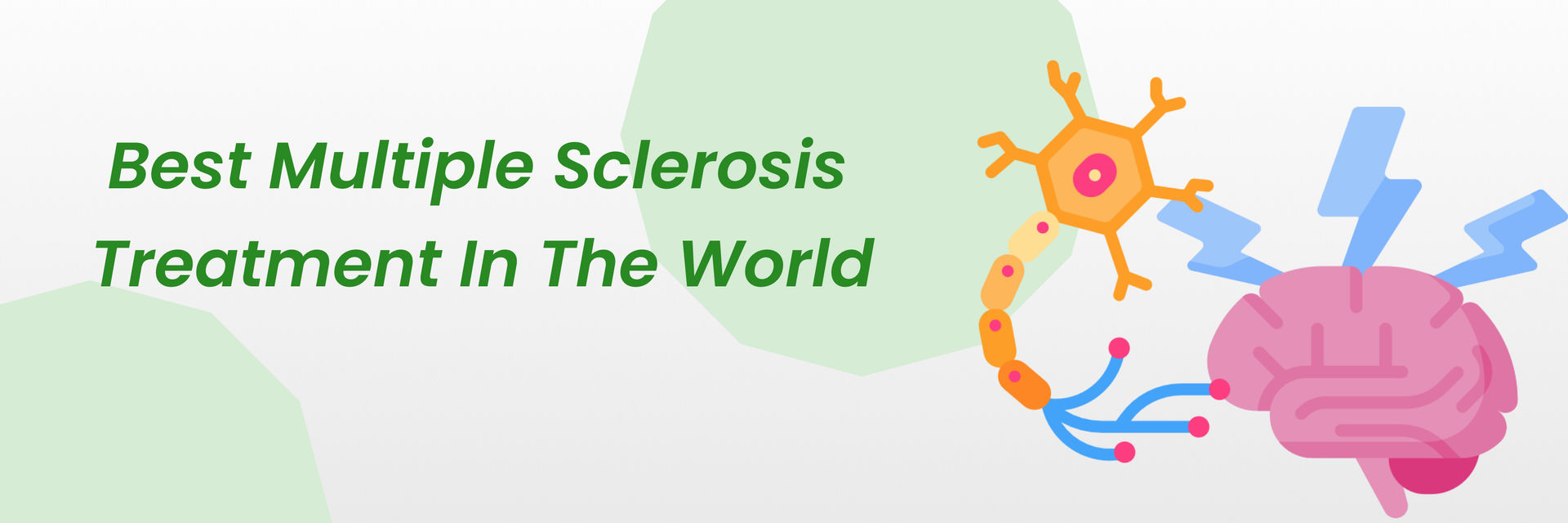Introduction
Cerebral Palsy or CP is a disorder of the brain that affects movement, posture, and muscle coordination. It is caused by abnormal development of the brain or injury to the developing brain, usually before birth. More than 3.5 million children suffer from Cerebral Palsy in India, and it is one of the most common childhood disabilities. Conventional treatments may manage the symptoms, but cannot reverse the damage. Stem Cell Research is taking the world towards a new promise in such a situation. Stem cell therapy is increasingly being considered as an innovative treatment to repair or regenerate damaged brain tissue and enhance the quality of life in children with CP. To know more about the treatment, connect with the best medical professionals across the country
What Is Cerebral Palsy?
Cerebral Palsy is not a disease but rather a collection of brain disorders affecting the ability to control muscles. Cerebral Palsy results from birth-brain injury, infection, poor oxygen supply, or premature birth. CP children may face difficulty in walking, speaking, seeing, or hearing, depending on the severity and type.
Some of the most frequent symptoms of CP are weakened muscles, rigid or limp arms and legs, lack of balance and coordination, uncoordinated movement, and seizures. For some, seizure symptoms such as shaking, staring spells, or loss of consciousness may also accompany the disease. CP cannot be treated, but supportive therapy and early intervention can equally improve the development of a child. For professional medical advice, book a doctor appointment on our platform in just minutes.
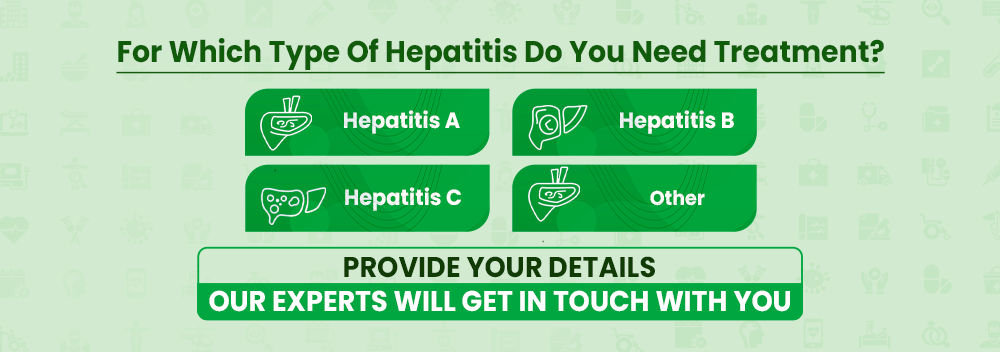
Current Treatment For Cerebral Palsy
There are various treatments used currently for cerebral palsy, but the most prevalent ones are listed below:
- Physical and occupational therapy to enhance motor function: Physical therapy focuses on the gross motor skills like walking, running, while occupational therapy focuses on fine motor skills like dressing, writing.
- Speech therapy to enable communication: It helps to improve communication skills, including listening skills, writing skills, and overall understanding of the language.
- Medications to manage seizures, spasticity, and pain
- Surgery to correct orthopedic deformities or to release contracted muscles
- Use of assistive devices such as walkers or braces: Assistive machines play a vital role for people with disabilities or physical injuries.
Although these treatments are beneficial, they do not cure the underlying cause — brain lesions and injured motor neurons. Thus, stem cell therapy is becoming more popular.
What Is Stem Cell Therapy
Stem cell therapy is a form of medicine that uses the body's building blocks — stem cells — to restore or replace the body's damaged cells or tissue. Stem cells can develop into various forms, or types, of cells in the body. Two forms of stem cells are being researched:
Mesenchymal stem cells (MSCs): They exist in bone marrow, fat tissues, and cord blood in the umbilical cord and possess regenerative and anti-inflammatory functions. This therapy is more prevalent and has fewer ethical considerations and regulatory approvals.
Embryonic stem cells (ESCs): They are obtained from embryos early during their development and can be transformed into any type of cell, possessing high regeneration potential.
Role Of Stem Cell Therapy In Cerebral Palsy
The main aim of the use of stem cells in CP is the healing of the compromised brain tissue, inflammation reduction, and enhanced communication among the muscles, spinal cord, and brain. Studies have shown that stem cells will be able to:
- Enhance cerebellum activity, which has coordination and balance functions
- Reorganize defective motor neurons
- Fewer brain lesions from oxygen deprivation or trauma
- Reduce muscle tone and spasticity
While still not entering final clinical trials, early results from other trials and Indian and foreign case histories are encouraging in terms of increased mobility, speech, and daily function
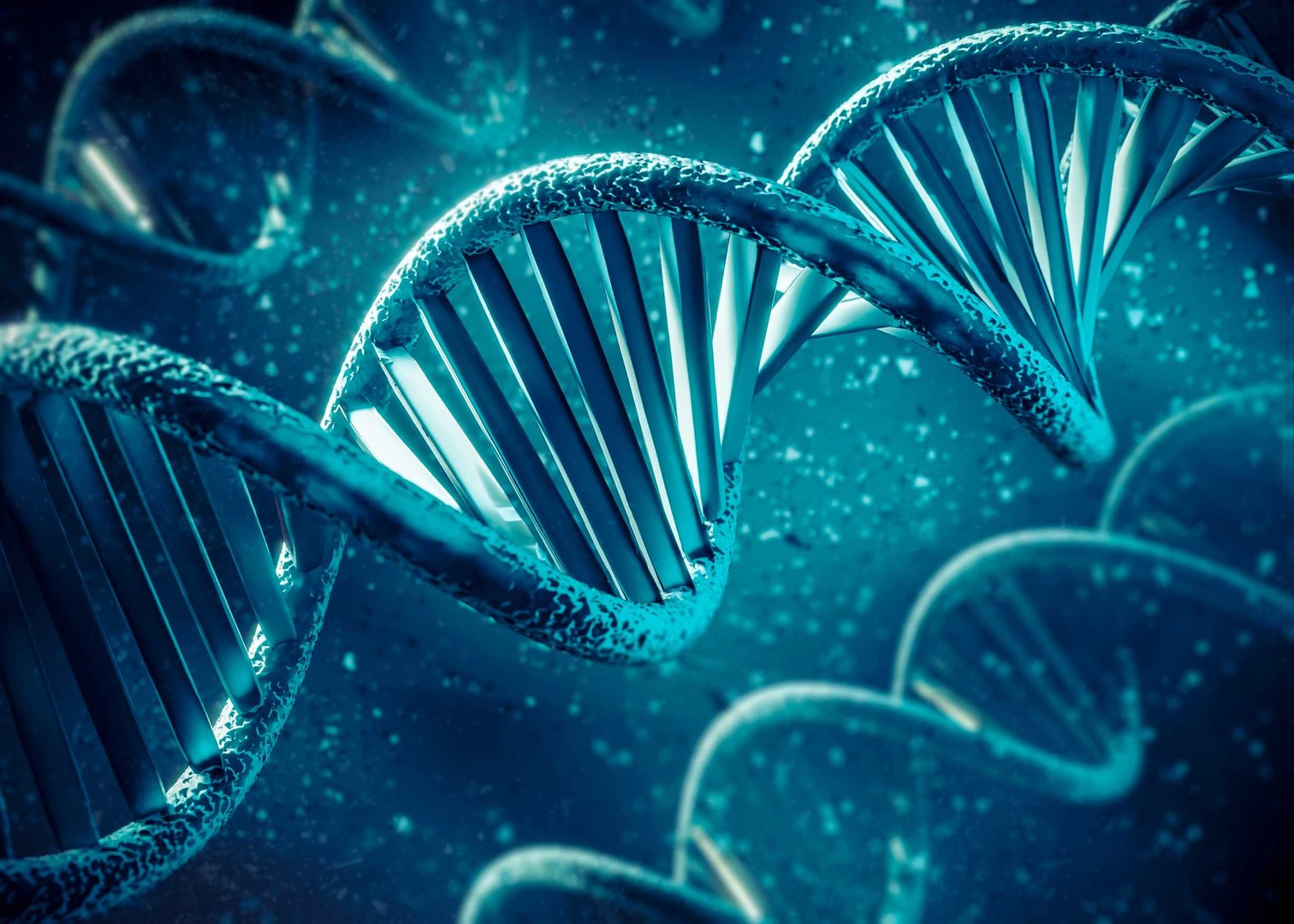
Types Of Stem Cells Used
The stem cells used in the treatment are listed below:
- Mesenchymal Stem Cells (MSCs): Most often used to treat CP. Derived either from bone marrow or umbilical blood, MSCs have the cell-renewing property and are less susceptible to rejection.
- Embryonic Stem Cells (ESCs): Very effective but ethically contested and regulated very rigidly in India.
- Neural Stem Cells (NSCs): Not yet in trial phase. They selectively attack damaged brain cells and neurons.
- Induced Pluripotent Stem Cells (iPSCs): From the reprogramming of adult cells, they remain experimental and are not used very often in current CP treatment.
Step-by-Step Process Of Stem Cell Treatment
Step 1 -> Patient Evaluation: The evaluation is done through MRI, CT scans, mental examination, and motor screening
Step 2-> Stem cell extraction: Stem cells are removed from the patient (autologous) or donor (allogeneic). Bone marrow or cord blood is common.
Step 3 -> Lab Processing: Cells are isolated, cleaned, and quality- and safety-checked in a certified lab.
Step 4 -> Injection Procedure: Stem cells are administered intravenously or by lumbar puncture (intrathecally into the spinal fluid) as per the conditions.
Step 5 -> The patient is rehabilitated for mental and physical recovery for several months, to receive maximum benefits.
Advantages Of The Treatment
Most Indian parents have seen remarkable improvement in the condition of the child following stem cell therapy, such as:
- Better muscle tone and posture
- Increased strength in muscles
- Better speech and comprehension
- Better swallowing and coordination of drooling
- Better seizure attack control
Added to physiotherapy and neuro-rehabilitation, the impact can be even more inspiring.
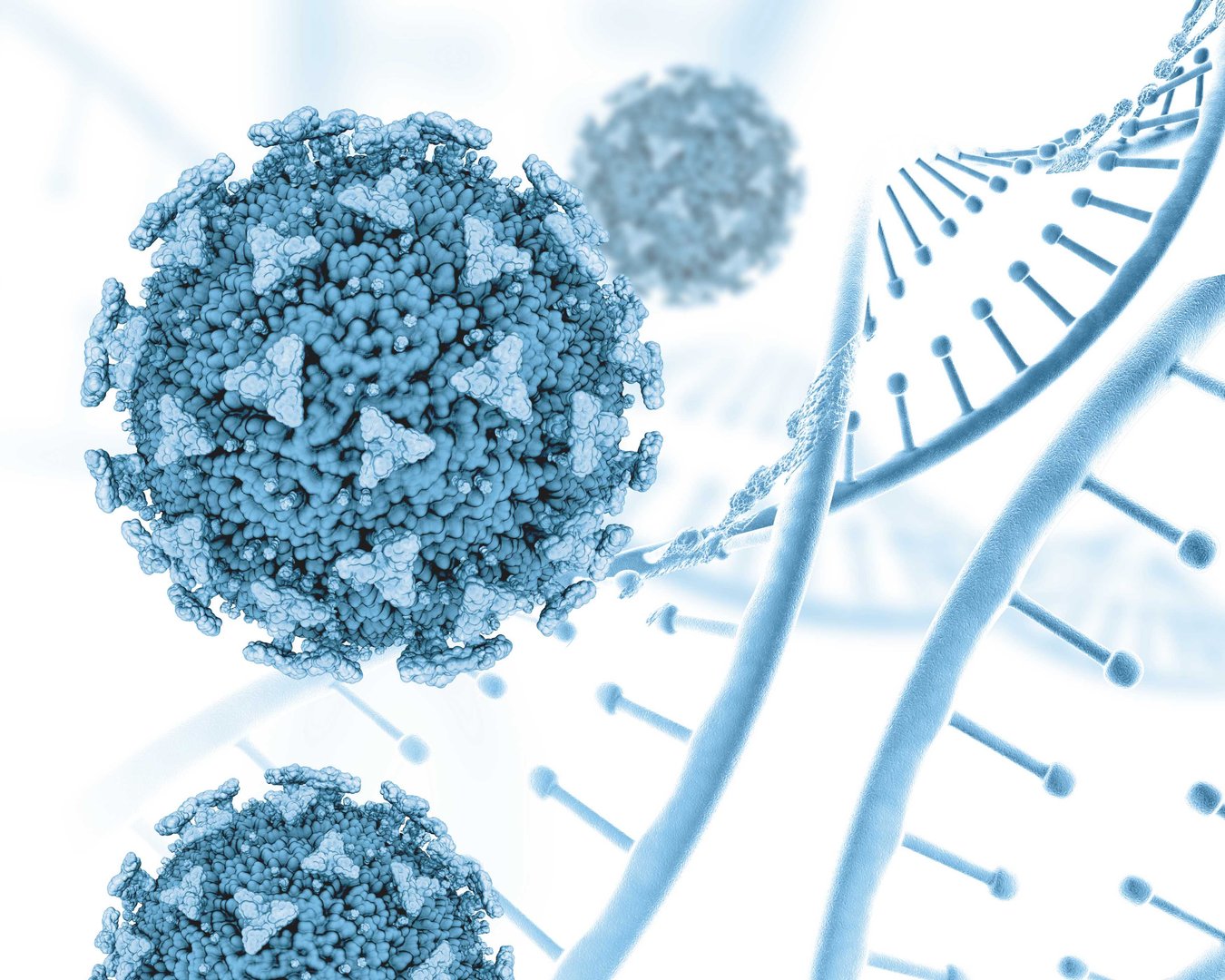
Risks & Limitations
Encouraging as stem cell treatment is, there is danger involved, too:
- Risk of infection or rejection
- Long-term outcome uncertain
- The outcome between patients is unpredictable
- Ethical issues if embryonic stem cells are used
The law on India's Stem Cell Research is getting stricter, and hence, treatment is available only through government-approved and licensed centers.
Cost Of The Treatment
Stem cell storage and treatment prices in India are significantly lower than in the Western world. The following is an approximate calculation:
- Cost of storing stem cells: ₹50,000 to ₹1,50,000 (cord blood banking)
- Cost of therapy: ₹2,00,000 to ₹6,00,000 per session based on hospital, source of stem cells, and injections billed
Notice that none of the large Indian health insurers has the therapy covered yet because it remains in the investigational stage. The most cost-effective treatment can be given by the best stem cell doctors in India.
Future Of The Treatment
Scientific research is moving at a breakneck pace. India's top hospitals and biotech firms are combining their resources to conduct clinical trials to find out the safety and efficacy of stem cell therapy for CP. With every step towards new clinical information, hopes are increasing that this treatment will become mainstream and even find a place in early CP treatment protocols.
Other gene editing, 3D bioprinting, and iPSC technology breakthroughs have the potential to enhance the potential of personalized therapy for cerebral palsy in children.
Summary
Stem cell therapy is ushering in new hope for children with cerebral palsy, particularly in a country like India, where the resort to classical long-term rehabilitation may not be invariably feasible. With their potential to repair and create new brain tissue, stem cells are opening up new avenues in the treatment of CP. One must, though, be optimistically cautious about the treatment, aware of its pros and cons.
Parents who are thinking of this treatment need to consult experienced neurologists and also go to government-approved stem cell clinics to check for ethical practice as well as safety. Stem cell therapy is not a cure at all, but it is definitely a giant leap towards an improved quality of life for cerebral palsy victims.
References
https://pmc.ncbi.nlm.nih.gov/articles/PMC4961108/
https://pmc.ncbi.nlm.nih.gov/articles/PMC8284300/
